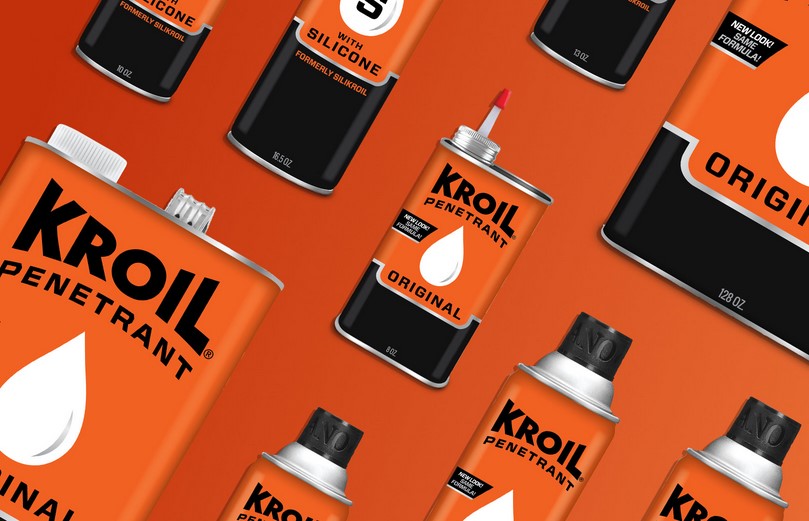
The composition of penetrating oils can vary considerably. While most share standard components, some formulas differ in additions to or omissions of essential ingredients. For instance, some penetrating oils are specifically formulated to be safe for plastic and rubber, while others may damage delicate materials. Here is a quick review of some components commonly found in penetrating oils.
Viscosity
Penetrating oils are great for cleaning, lubricating, and protecting your automotive parts. While rust busters are an excellent choice for removing rust, they do not penetrate as well as rust penetrating oil. Choosing a penetrating oil is essential for your safety and the longevity of your car’s paint job.
Penetrating oils go on wet and can be used on rusty parts of your car. Its low viscosity allows it to get into tight places and clean them. It can also be used on electrical wires, garden tools, and metal hardware. While the viscosity of penetrating oils varies, they all provide lubrication and are resistant to water and rust.
Surface tension
Surface tension is a measure of the resistance of a liquid to permeate a solid. It is also a measure of its ability to keep its film formation properties despite freezing. For example, pure water and a mineral base oil have opposite polarities, so when they mix, the result will be a penetrating oil with high surface tension. However, in real life, the surface tension of penetrating oils is much lower than in water, and the oil has high volatility.
The various prior art discloses multiple formulations of penetrating oils. Some formulations are free from rust and freeze-up parts but lack the proper lubricants for a safe application. Furthermore, they are volatile and have low surface tension. A hydrocarbon-based volatility controller can be used to regulate volatility. The most suitable fluid for use as a volatility controller is No. 2-D diesel fuel.
Antioxidants
The use of antioxidants in penetrating oils has many benefits. In addition to protecting the skin from environmental damage, antioxidants prevent free radicals and slow the degradation process. They are naturally occurring and are found in many foods, including fresh fruit and vegetables. They are also helpful for topically applied products, as they act as reversible molecules that inhibit free radicals and prevent oxidative stress.
Solid lubricant particles
Penetrating oils are formulated to loosen frozen or seized fasteners. They have a low viscosity, making them easily soluble and able to penetrate tight areas. The oil usually contains a lubricant and solvent to thin the lubricant and increase its mobility. It may also have other additives, including graphite or PTFE.
There are two basic types of penetrating oils: water-soluble emulsion fluids and those that contain solid lubricant particles. Water-soluble emulsions contain about 90% water and are designed to be safe for various materials. Micro dispersant penetrating oils are a mixture of natural and synthetic oil bases and solid lubricant particles, such as graphite, polytetrafluorethylene, boron nitride, or silicone.
Fire-resistance
Penetrating oils are made from synthetic compounds. These oils are typically composed of silicone, polyglycol, and esters and are commonly used in mechanical applications. The addition of reducing agents improves their fire resistance. These agents reduce the chemical actions of penetrating oils and allow parts to be freed from the vehicle without undue force. In addition, penetrating oils can be made from any fluid, including water, and are usually considered fire resistant.
Phosphate esters have the highest fire resistance of any fluid. They have a molecular structure that makes them non-corrosive. They are suitable for temperatures up to 150 C, but their compatibility with other fluids is stringent. Phosphates are still used in aircraft and for other fire-resistant applications but require special seals, coatings, and disposal.
